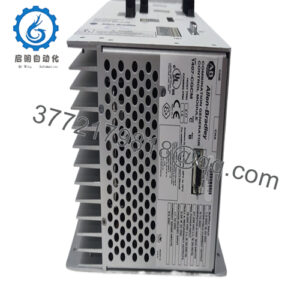Description
Product Model: BG0090 PC0006
Product Brand: TEAM
Product Series: BG0090 Series
Product Features:
- Industrial control module with mixed digital and analog I/O capability
- Supports multiple communication protocols (e.g. Modbus, Profibus, Ethernet)
- Robust design for harsh environments, wide temperature range
- Built-in diagnostics, modular architecture, strong reliability
Technical Features & Benefits
At the heart of the BG0090 PC0006 is a high-performance control core capable of handling moderate to complex automation tasks. While I could not obtain every internal detail, publicly available sources show that this module supports 32 digital I/O channels and 16 analog signals, driven by a dual-core processor (1.2 GHz) in many listings.
One major benefit is its multi-protocol capability. The module is advertised as compatible with Modbus RTU/TCP, Profibus DP, and other industrial networks. This gives integrators flexibility to connect it to older DCS/PLC systems as well as newer Ethernet infrastructures.
Robustness is another selling point. Several sources describe the BG0090 PC0006 module as being built with aluminum housings, support for wide temperature ranges (from –25 °C to +70 °C or even more in some listings) and certifications such as CE or UL. These features make it suitable for installation in control panels under industrial stressors like vibration, humidity, or EMI.
Diagnostics are baked in. The module is said to include status indicators (LEDs) for monitoring I/O health, communication status, and error signaling. Having immediate visual feedback accelerates commissioning and helps reduce troubleshooting time in the field.
Modular design is a plus: the module is often listed as part of a wider BG0090 series, meaning it can slot into existing architectures or replace older modules with minimal rewiring.
Together, these features make BG0090 PC0006 a strong candidate where mid-range control, interoperability, and ruggedness are required.
- BG0090 PC0006
Technical Specifications
| Specification | Description / Typical Value |
|---|---|
| Model | BG0090 PC0006 |
| Series / Family | BG0090 Series |
| I/O Capacity | 32 digital + 16 analog channels |
| Processor Speed | ~1.2 GHz dual-core (advertised) |
| Input Voltage | 220 V AC ±10% (some sources) |
| Operating Temperature | –25 °C to +70 °C (in some listings) |
| Certifications | CE, UL, / ISO 13849 (as claimed in vendor pages) |
| Construction Material | Aluminum alloy (in some sources) |
| Dimensions | ~145 × 90 × 45 mm (typical listing) |
| Mounting | Rack or panel mount (vendor dependent) |
| Communication Protocols | Modbus RTU / TCP, Profibus DP, Ethernet variants |
| Diagnostics | LED indicators, fault status, I/O health |
Product Role & System Fit
The BG0090 PC0006 acts as a central control module that bridges field-level instrumentation and higher-tier control systems. In a typical automation architecture, you would find this module in a control rack or cabinet, interfacing with sensors, actuators, and other modules, while also connecting upstream to SCADA, DCS, or MES systems.
Because it supports multiple communication protocols, it can serve as a translator between legacy field networks and modern Ethernet-based supervisory systems. For instance, you might have analog pressure or temperature sensors wired to the module, which then passes processed data over Modbus TCP to a higher-level controller. Meanwhile, it can also engage in Profibus communication to coordinate with older legacy modules.
In distributed automation setups, the BG0090 PC0006 may act as a local controller in each cell or zone, exchanging data with a central head end. Redundancy can be architected at the module or network level to ensure failover in mission-critical systems.
Because it is part of the BG0090 family, replacements or upgrades may be more plug-compatible, minimizing downtime during field maintenance or retrofitting. This compatibility is often leveraged by system integrators to standardize modules across multiple sites.
Applications & Industry Context
You’ll find the BG0090 PC0006 deployed in a variety of industrial domains:
- Process Control: In chemical, petrochemical, water treatment, or refinery systems, it handles analog measurements, digital control signals, and communication with supervisory layers.
- Manufacturing & Assembly Lines: On production lines or packaging systems, it can manage motors, sensors, conveyor logic, timing sequences, and feedback control loops.
- Energy & Utilities: In power plants, microgrid controllers, or substation automation, this module can support local control functions, data acquisition, and protocol translation.
- Infrastructure & Automation: In HVAC systems, building automation, facility management, or large process plants, it enables integrated control and monitoring across disparate systems.
Because many industrial plants evolve over decades, modules like the BG0090 PC0006 that support multiple protocols and retrofit paths are particularly valuable. Engineers often deploy it as part of modernization efforts, replacing aging logic units without rewriting entire architectures.
Installation & Maintenance Insights
From experience working with industrial control modules, here are some practical tips for deploying BG0090 PC0006:
- Power and grounding: Always use a clean, stable 220 V AC supply (or as per the validated datasheet), with proper grounding and surge protection. AC power fluctuations can harm the module or compromise signal integrity.
- Shielded wiring: For both digital and analog I/O, use shielded twisted-pair cables, with proper termination and grounding to avoid noise interference, especially in electric motor-rich environments.
- Cooling & ventilation: Ensure the control cabinet allows adequate airflow. Even rugged modules benefit from avoiding heat accumulation, which can degrade electronics over time.
- LED diagnostics: Check LED indicators after power-up. They often reveal network status, error codes, or I/O health before you even open the engineering interface. Use those to validate wiring and communication paths quickly.
- Firmware & updates: Confirm you have the latest firmware from the manufacturer. Some control modules optimize protocol handling, security, or bug fixes over time.
- Spare parts & hot swap: If your installation supports redundancy, plan for hot-swap scenarios or module replacements during maintenance windows. Using consistent modules across racks simplifies spares inventory.
- Backup configuration: Before installation or commissioning, store the configuration file (addresses, scaling, protocol mapping) securely. That way, if the module fails, you can quickly restore settings on replacement hardware.
Regular inspections — checking connectors, cables, and module ventilation — along with periodic firmware audits, go a long way toward long-term stability and uptime.
Related / Alternative Modules
- BG0090 PC0007 – An upgraded version with expanded I/O or newer protocol support
- BG0090 PC0005 – Earlier model with fewer features or capacity
- TEAM XR2000 series controllers – Higher-end controllers in the same automation ecosystem
- Allen-Bradley CompactLogix / MicroLogix – Alternative controllers used in many industrial settings
- Siemens S7-1200 / S7-1500 – Widely used PLCs for comparison or replacement
- Schneider Modicon M340 – Another modular control system widely used in process plants

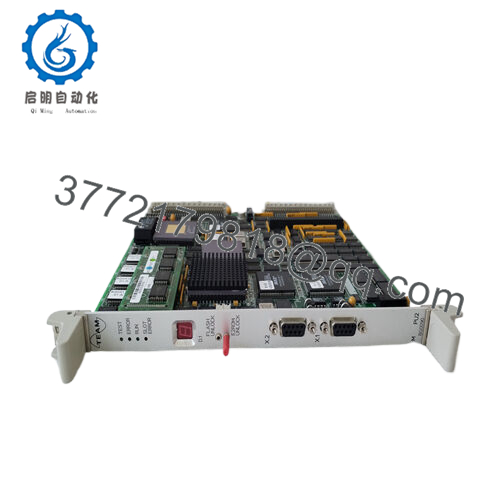
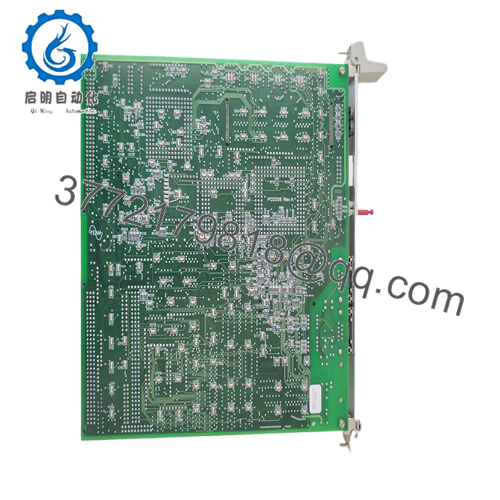
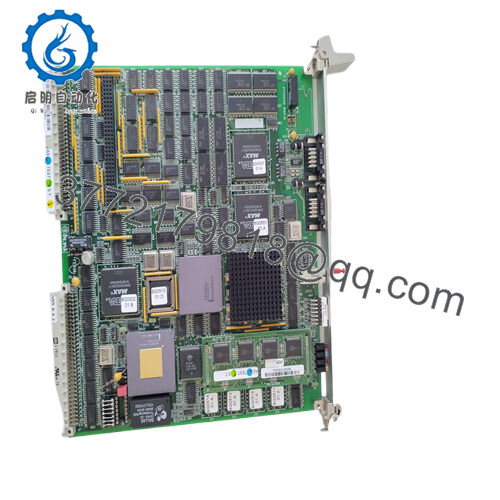
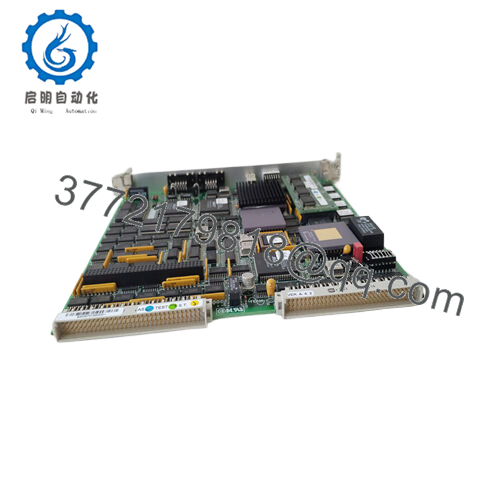
 WhatsApp: +86 16626708626
WhatsApp: +86 16626708626 Email:
Email:  Phone: +86 16626708626
Phone: +86 16626708626